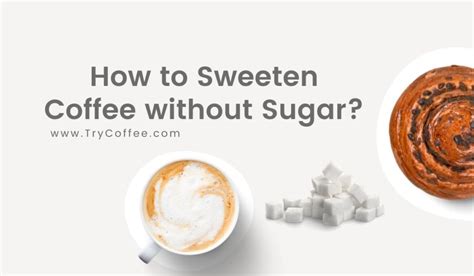Coffee Sweetening for Dummies: A Beginner's Guide to Finding Your Perfect Cup
So, you love coffee, but aren't quite sure how to sweeten it to your liking? Don't worry, you're not alone! Sweetening coffee is a surprisingly nuanced art, and what works for one person might be a disaster for another. This guide will take you through the basics, helping you find the perfect level of sweetness for your morning (or afternoon, or evening!) brew.
What are the Common Ways to Sweeten Coffee?
The most common ways to sweeten coffee involve sugar, but the options are surprisingly diverse. Let's explore the most popular choices:
-
Granulated Sugar: The classic choice. It's readily available, affordable, and dissolves relatively easily in hot coffee. However, it can sometimes clump if not stored properly.
-
Brown Sugar: Adds a subtle molasses flavor along with sweetness. This can complement certain coffee roasts and brewing methods beautifully. It's also slightly less refined than white granulated sugar.
-
Powdered Sugar (Confectioners' Sugar): Dissolves extremely quickly, making it ideal for those who prefer their coffee instantly sweet. However, it can be prone to clumping and is generally less intensely sweet than granulated sugar, meaning you might use more.
-
Honey: A natural sweetener with a unique flavor profile that varies depending on the type of honey. It adds a touch of complexity to your coffee and offers potential health benefits. Note that honey can affect the coffee's mouthfeel.
-
Maple Syrup: Similar to honey, maple syrup provides a distinct flavor and sweetness. It pairs well with certain coffee blends, but the stronger flavor might not appeal to everyone.
-
Sweeteners: Artificial sweeteners such as Splenda, Stevia, and Equal are sugar-free options for those watching their sugar intake. However, these can sometimes have an aftertaste that some find unpleasant.
How Much Sweetener Should I Use?
This is entirely dependent on personal preference! Start with a small amount – about one teaspoon – and add more to taste. It’s always easier to add more than to take away. Consider the strength of your coffee as well; a stronger brew may require more sweetener.
What if My Sweetener Isn't Dissolving Properly?
Undissolved sweetener is a common problem, especially with granulated sugar. Here are some tips:
- Stir thoroughly: Make sure you stir your coffee vigorously after adding the sweetener.
- Use hot water: Make sure your coffee is piping hot. Heat helps the sugar dissolve much more effectively.
- Pre-dissolve: For granulated sugar, you can pre-dissolve it in a small amount of hot water before adding it to your coffee.
What Sweetener is Best for Iced Coffee?
Powdered sugar or liquid sweeteners like simple syrup (made by combining equal parts sugar and water, then simmering until dissolved) work best in iced coffee as they dissolve more readily in cold liquids. Granulated sugar can take longer to dissolve completely, potentially leaving you with gritty bits in your drink.
Are There Healthier Options for Sweetening Coffee?
While moderation is key with all sweeteners, some are considered healthier than others. Honey and maple syrup contain natural sugars and some nutrients, but still should be consumed in moderation. Artificial sweeteners are lower in calories but raise other concerns for some people. Ultimately, the "healthiest" option is the one that fits your individual dietary needs and preferences.
Experiment and Find Your Perfect Sweet Spot!
The best way to determine your ideal coffee sweetness is through experimentation! Don't be afraid to try different sweeteners and quantities until you find the perfect balance of flavor and sweetness for you. Happy sipping!

